Ocean Plastic Waste Recycling

What is Ocean Plastic Waste Recycling?
The oceans are one of the least exploited places on earth. Humans are used to taking from the ocean and using it as a dumping ground for their waste. Studies over the past decade have found that the oceans are under serious threat from human beings. How serious is marine pollution? We will find the answer in the following shocking statistics.
Ⅰ. Effects of Plastic Pollution on Marine Life
.jpg)
Every year, 100 million marine animals die from plastic waste, nearly 1,000 species of marine animals are affected by marine pollution, and more than 500 sites have been recorded as dead zones. By 2,050, there will be more plastic in the ocean than fish. We make 300 million tons of plastic every year, 50 percent of it once. In the last decade, we have made more plastic than in the last century. One million three hundred thousand tons of waste goes into the ocean every year. Of this, 2.36 million tons are microplastics that marine animals mistake for food. A total of 269,000 tons of garbage floats in the sea. Every year, 100,000 marine animals die as a result of being entangled in plastic, and one third of all marine mammals may become entangled in litter.
The largest garbage dump on Earth is the Pacific Garbage Patch, a subtropical convergence zone in the North Pacific Ocean that connects the eastern and western garbage patches and serves as a highway for the transfer of trash. Because of this, a small piece of trash that falls near California can travel to Japan. Twenty percent of the garbage in the Pacific Garbage Patch comes from quartz oil rigs and cargo ships. This includes 700,000 tons of fishing grid.
In the ocean, plastic bags look a lot like water. Most marine animals are unable to distinguish between food and plastic litter. Albatrosses and other birds mistake plastic for fish eggs, which they sadly feed to their chicks, who die from organ failure or starvation. 100% of sea turtles, 59% of whales and 36% of seals have plastic contaminants found on their bodies. More than 90 percent of seabirds have plastic in their stomachs, and mammals like seals are drowning in abandoned fishing grids.
We throw away a trillion plastic bags each year, which together could circle the globe 420 times. We also use another 500 billion plastic bottles each year. Plastic waste degrades very slowly: Styrofoam cups take fifty years, aluminum cans take two hundred years, plastic bottles take four hundred and fifty years, and fishing line takes six hundred years. In coastal areas, marine pollution causes 250 million clinical cases per year. Contaminated shellfish cause 50,000-100,000 deaths per year due to compromised immune systems or cancer. If we continue, we will leave future generations no longer a valuable resource, but an inexhaustible supply of ocean trash!
Ⅱ. How to Prevent and Control Marine Pollution?
.jpg)
At this stage, the methods of treatment for plastic pollution are still immature and in the exploration stage, mainly spraying chemicals to accelerate the degradation of plastic pollutants and salvage, which not only have other effects on the environment but also have a small scope of action and low effectiveness. Marine plastic pollutants mainly come from land-based sources of input, so we need to control plastic input into the ocean at the source. In addition, we should improve the construction of relevant laws and regulations, strengthen the supervision, and establish a perfect plastic recycling system to improve the public's enthusiasm for marine ecological protection within the scope of government guidelines and laws and regulations; in addition, we should improve the sewage treatment technology and increase the removal of microplastics in urban sewage treatment plants, which will help to reduce the amount of microplastics from urban domestic sewage. Currently, possible methods of microplastic removal in sewage treatment plants include air flotation and flocculation to reduce the input of plastics into the ocean. At the same time, we should reduce the use of environmentally unfriendly plastics that are difficult to degrade, encourage and support the development, production and application of degradable plastics, and continuously monitor the distribution and changes of microplastic pollution in marine and coastal environments.
Ⅲ. About ACERETECH - China Plastic Recycling Line Maker
ACERETECH is an innovative company, focusing on plastic recycling technology research and development. Our plastic recycling technology is mainly applied in the field of regrinding, washing and regranulation of waste plastics. With our R&D capabilities and in-depth knowledge of the industry, ACERETECH can provide customized plastic recycling solutions to our customers.
Our products are sold to 93 countries and we have 669 customers worldwide. The factory covers 13,000 square meters and employs more than 80 people. We have obtained ISO/CSA/SGS/CE/TUV/UKCA certificates and 27 patents.
ACERETECH is committed to bring more value-added benefits to our customers, with the motto of first-class quality, in every highly synchronized and standardized product and service, to maximize customer satisfaction.



.jpg)
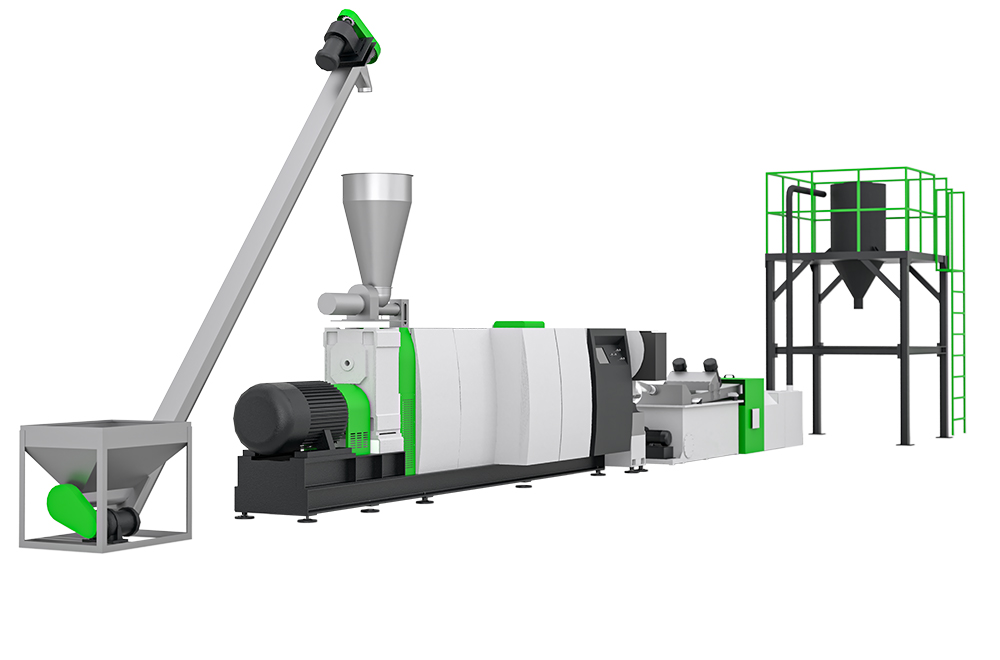
.jpg)
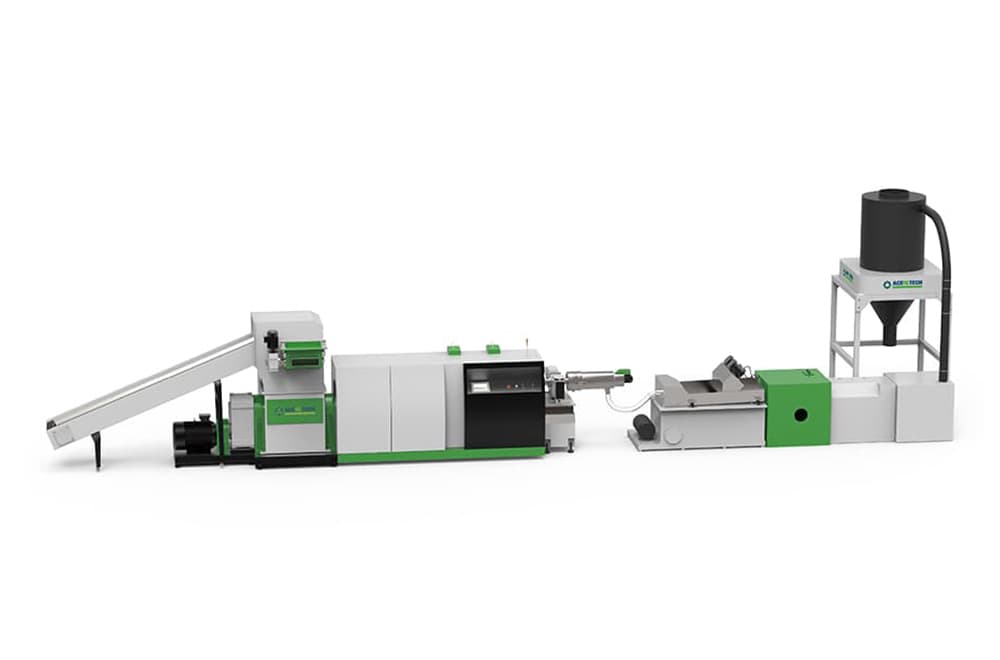
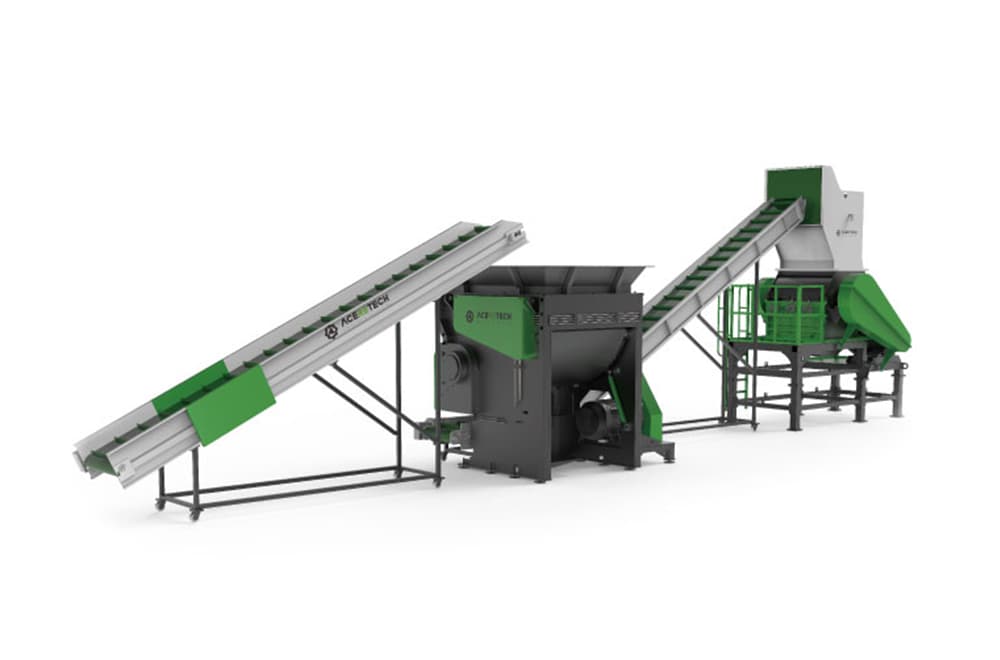
.jpg)
.jpg)
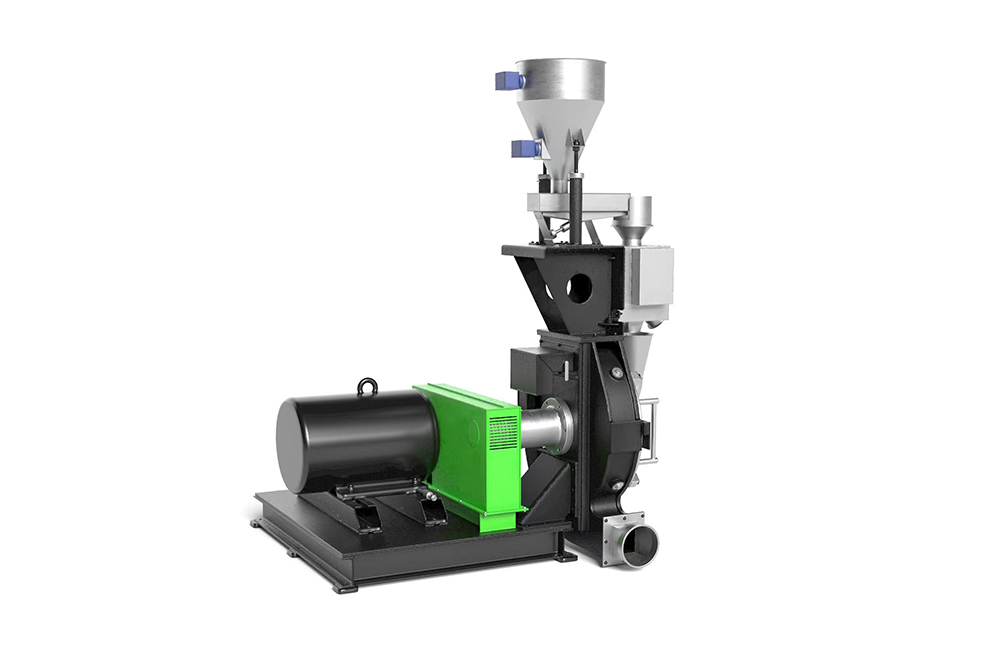
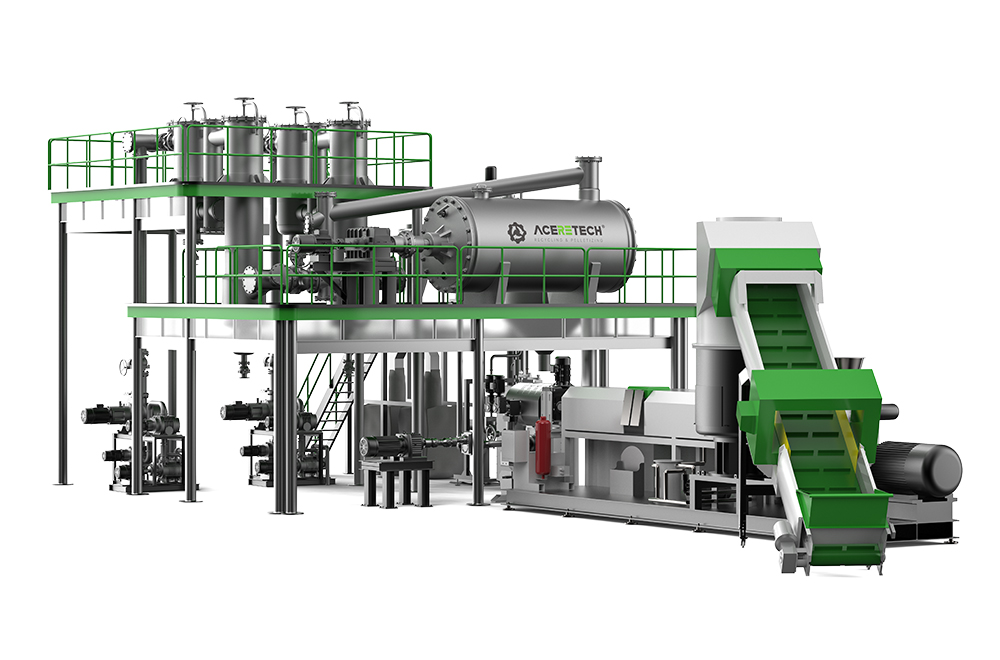
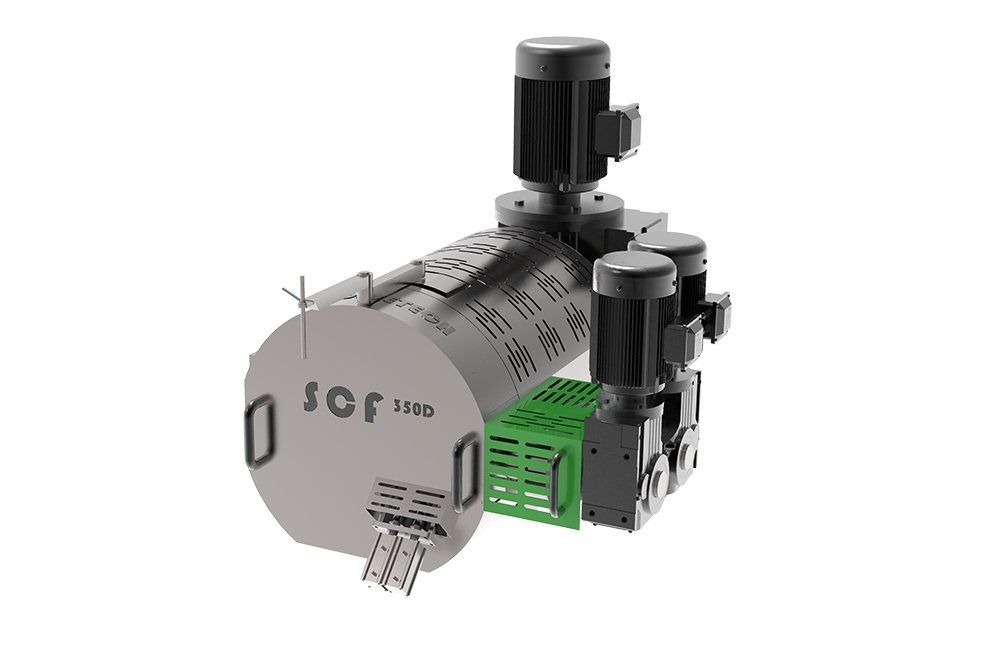
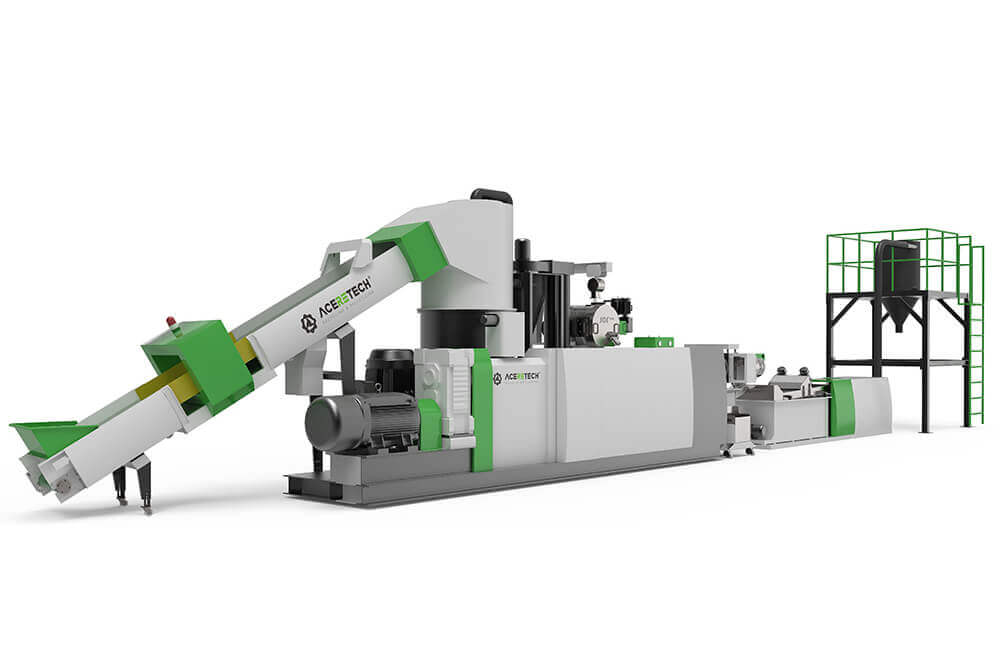
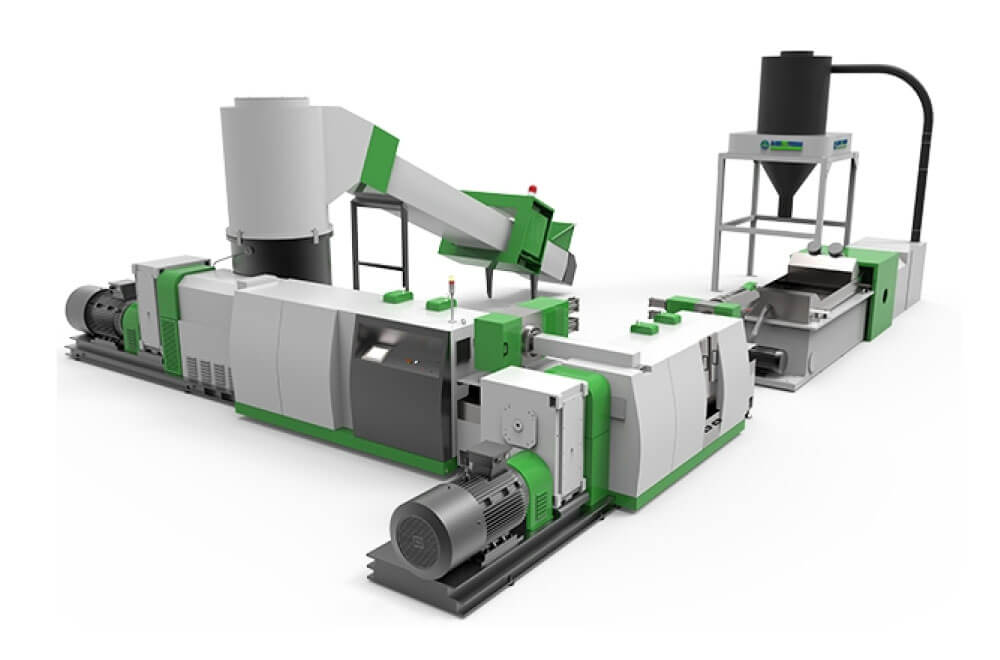
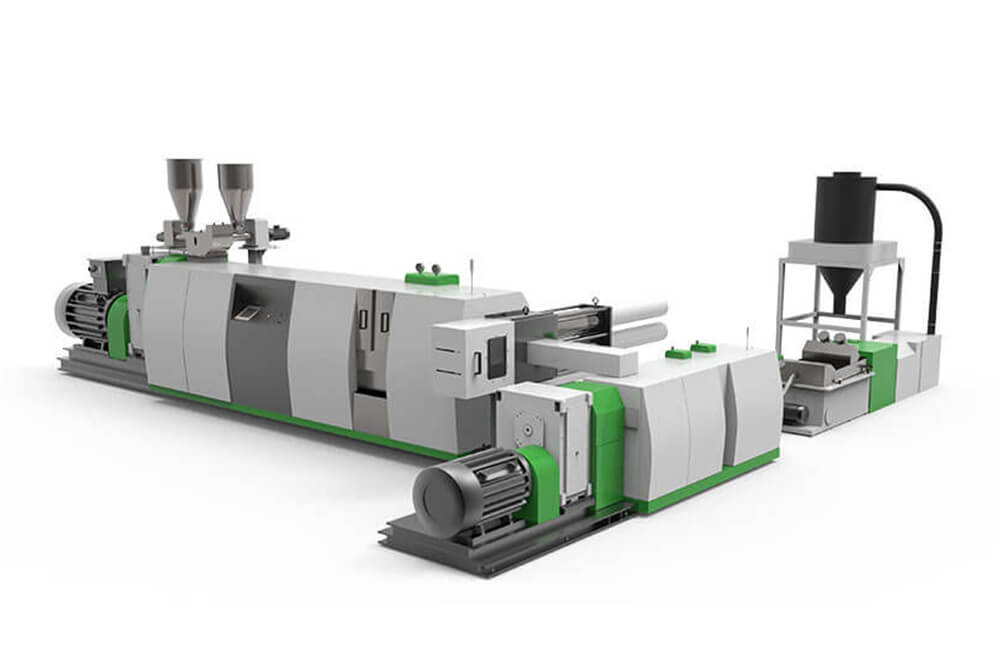
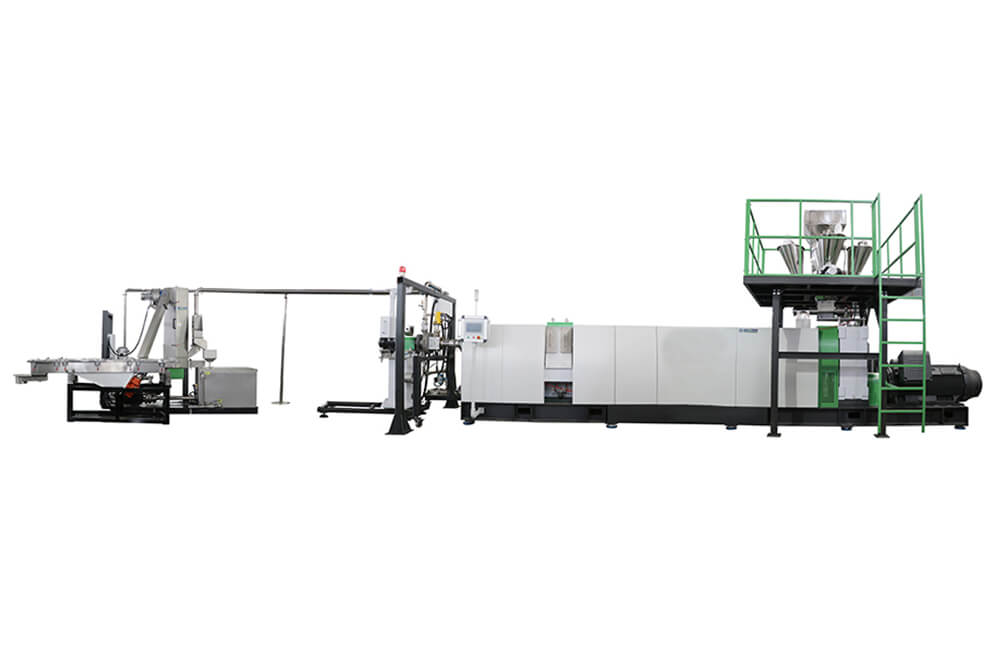
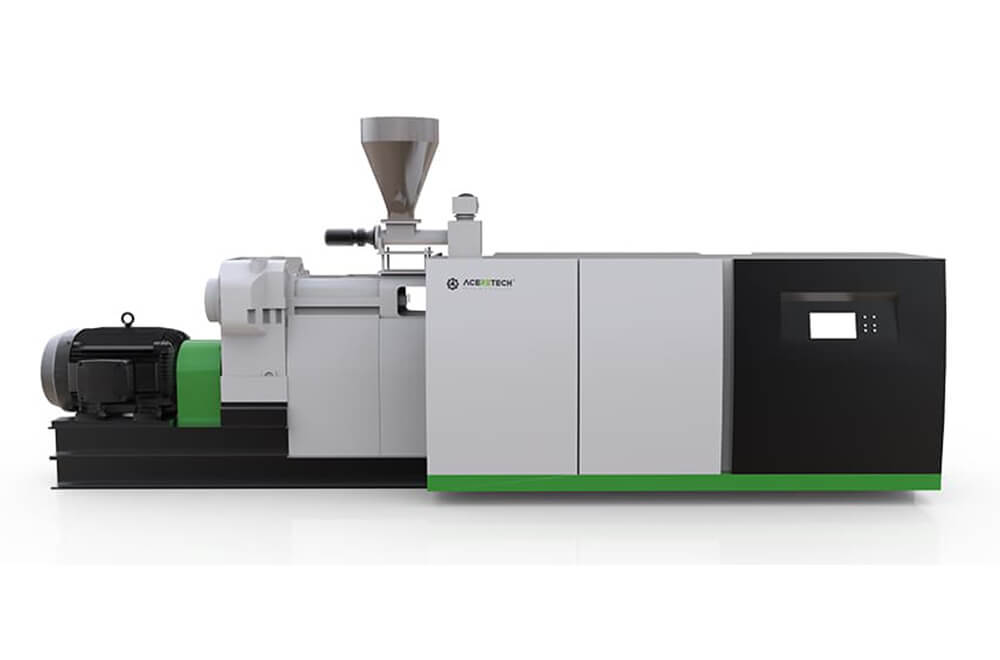
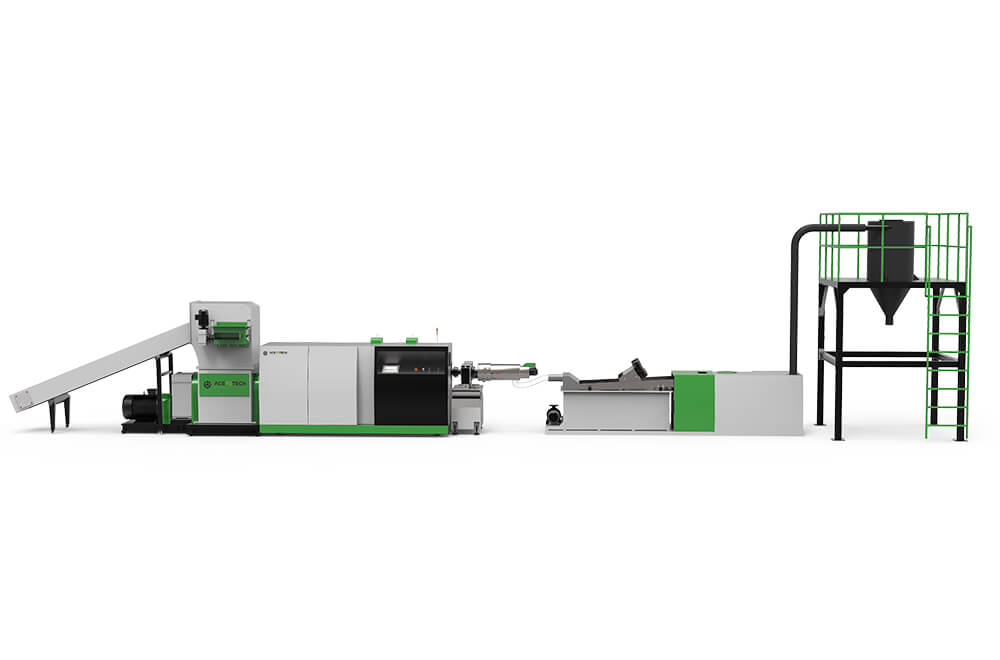
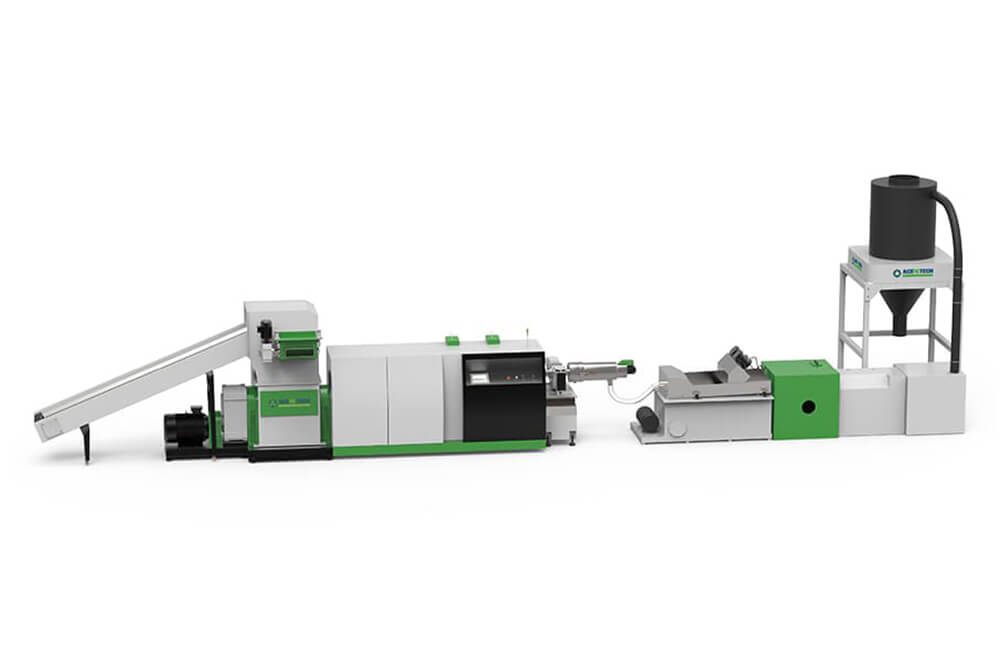

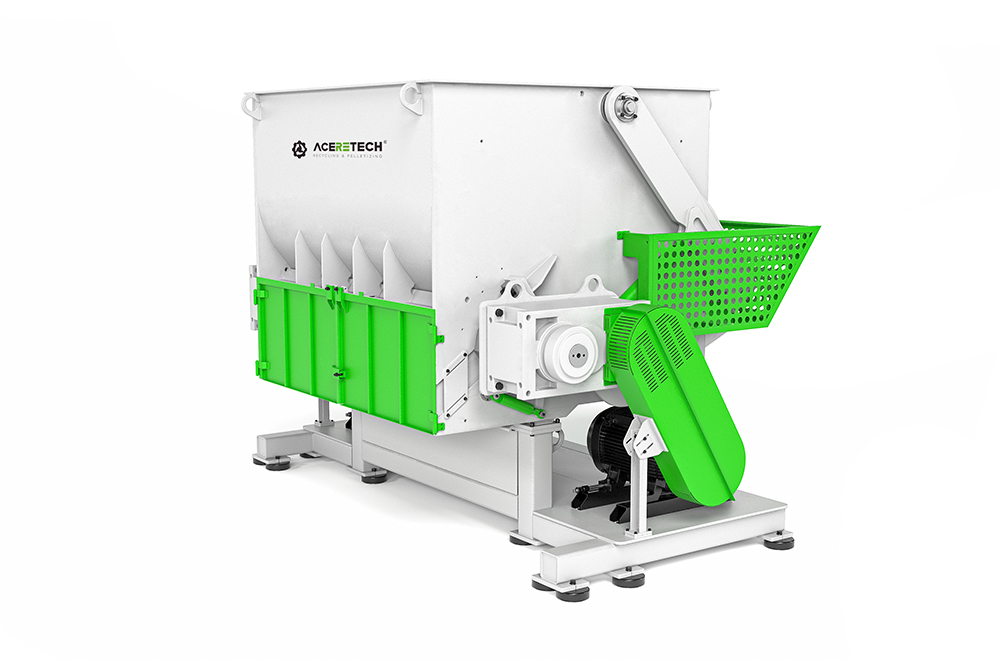
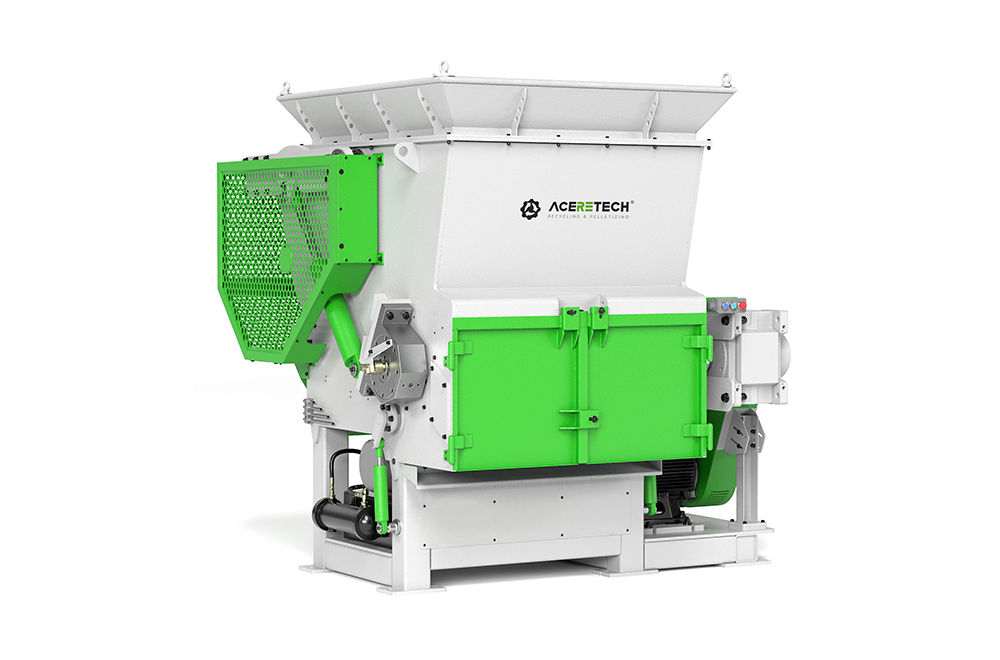
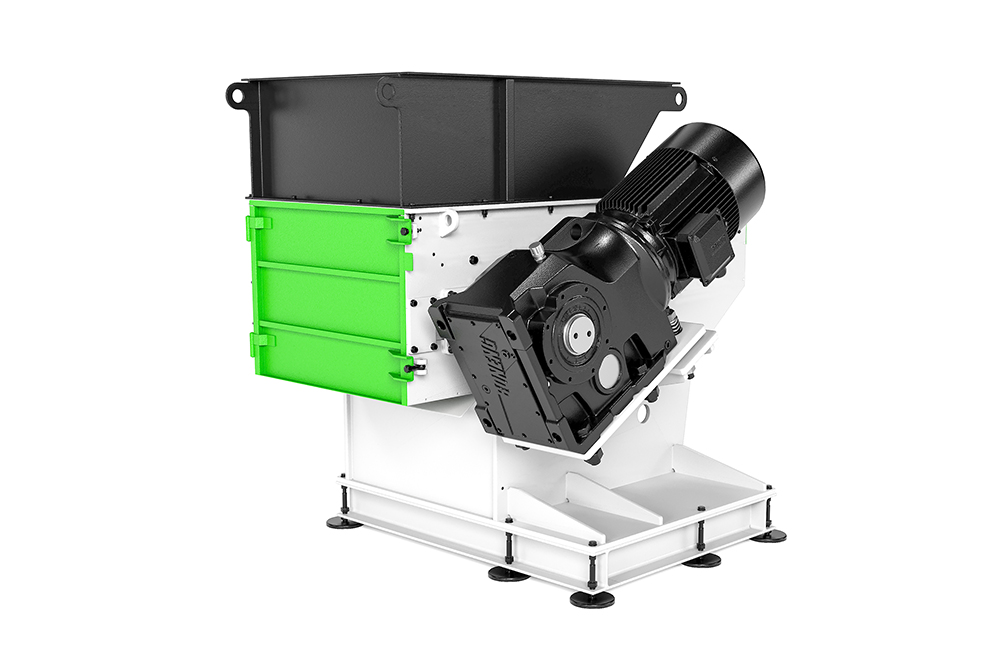
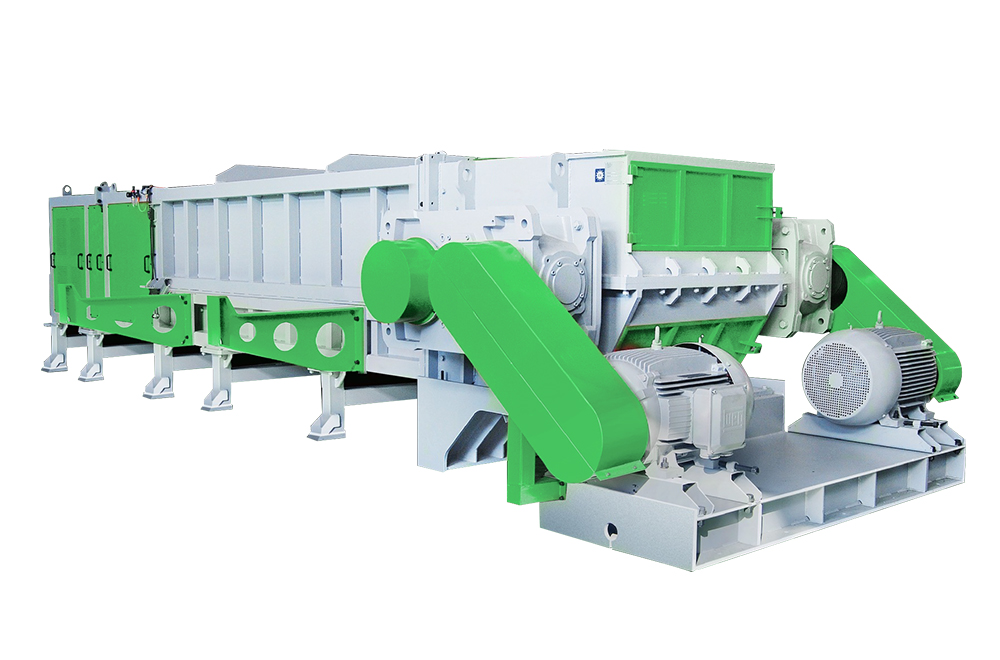
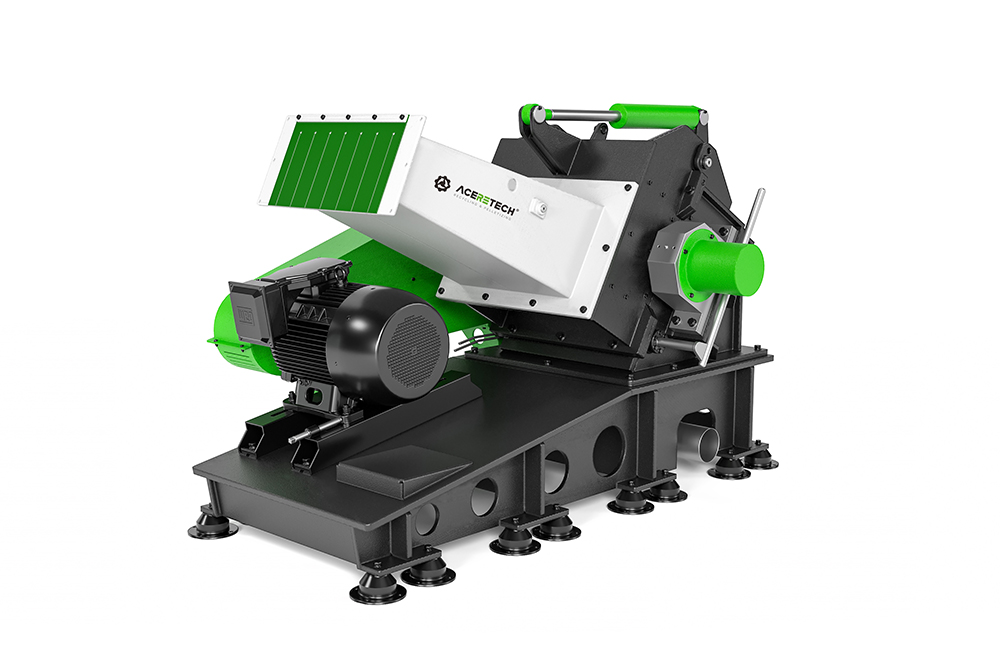
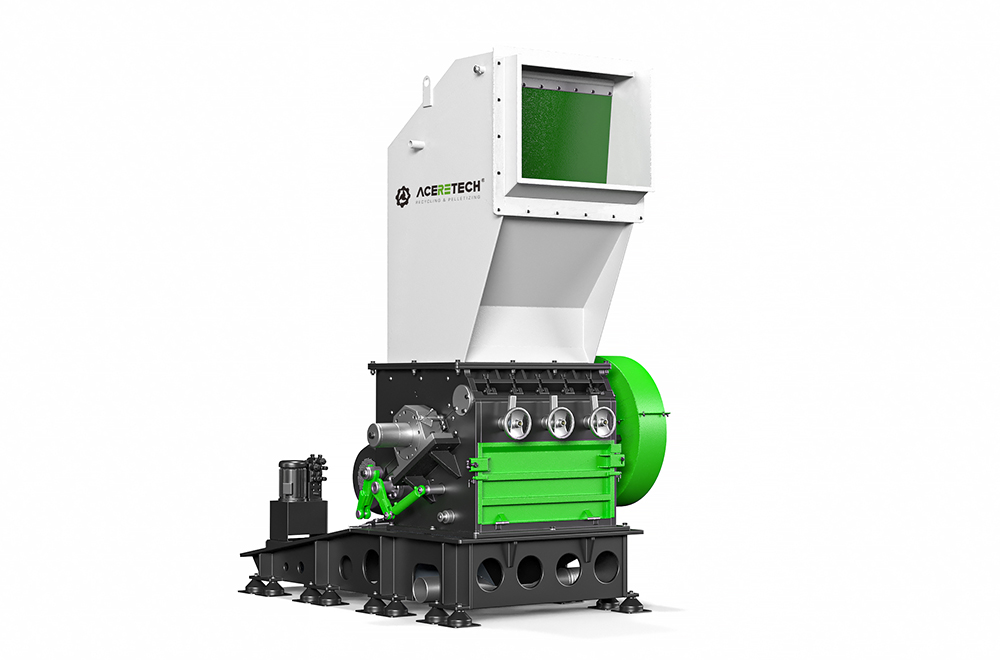
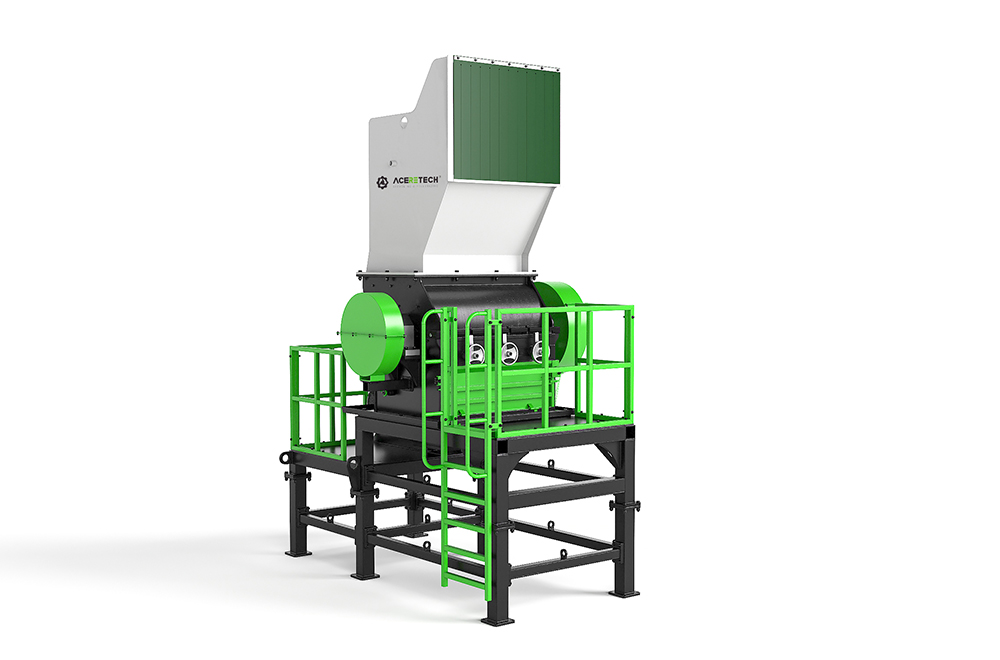
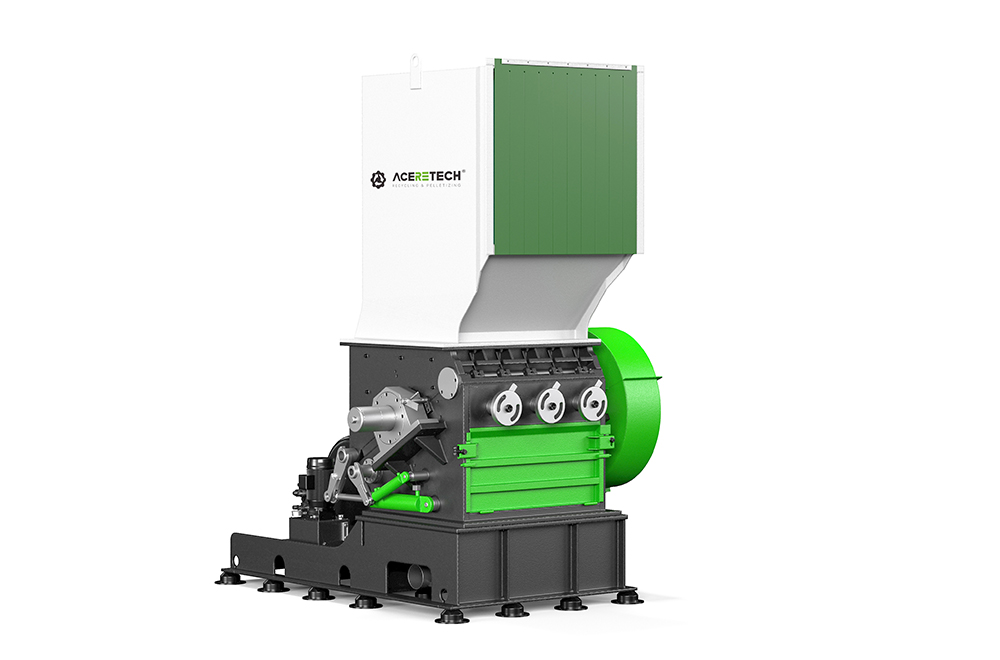
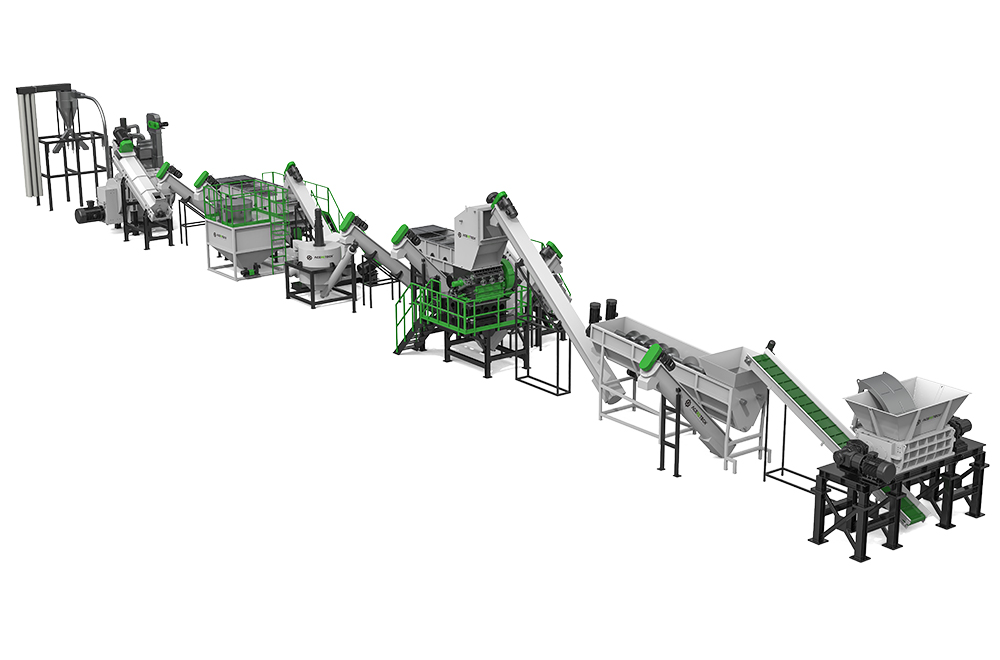
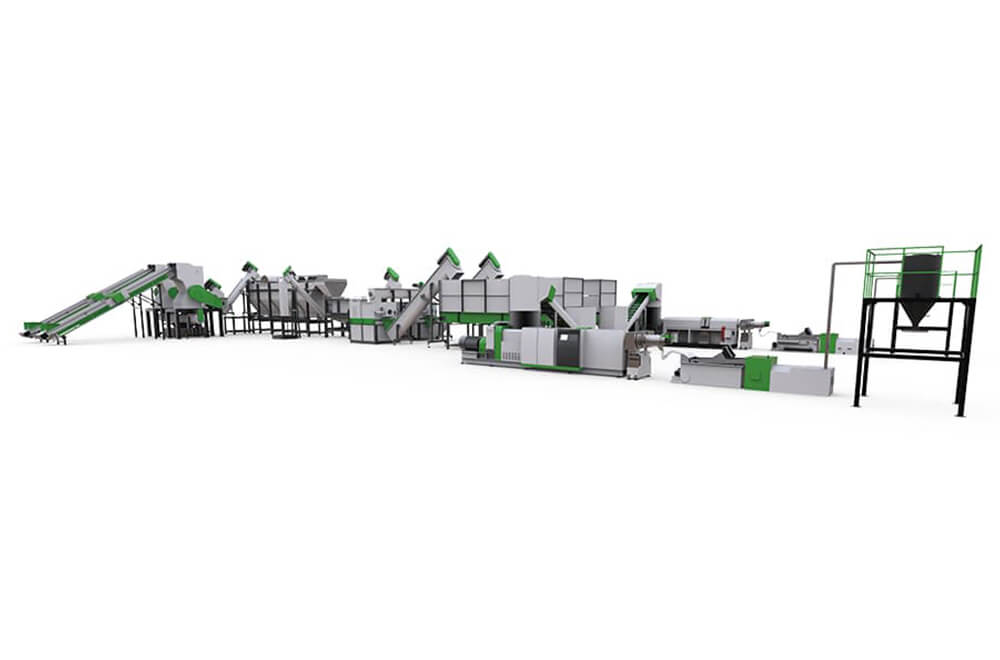
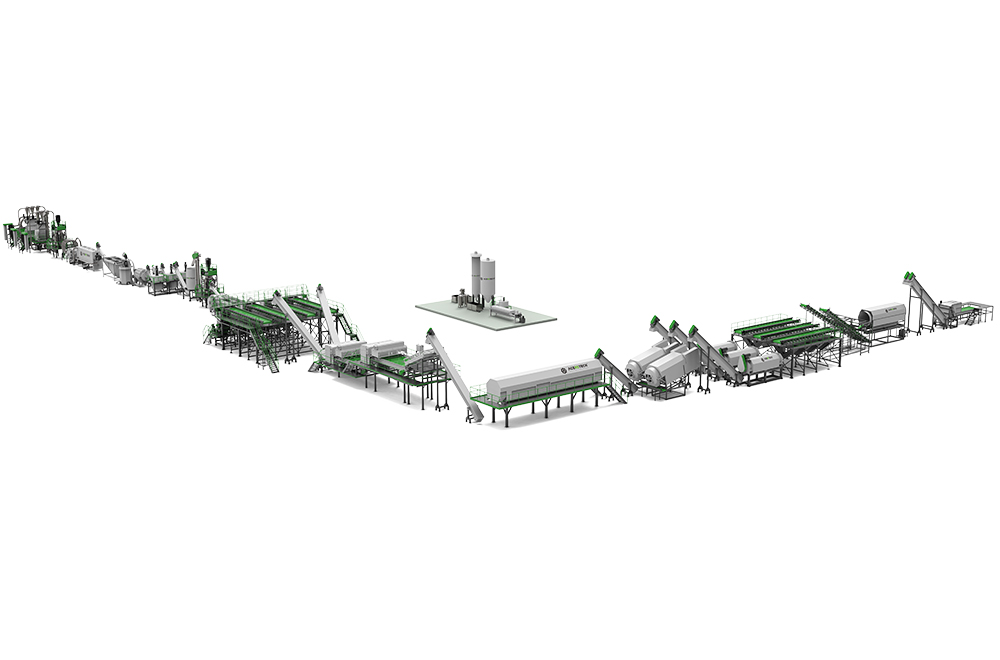
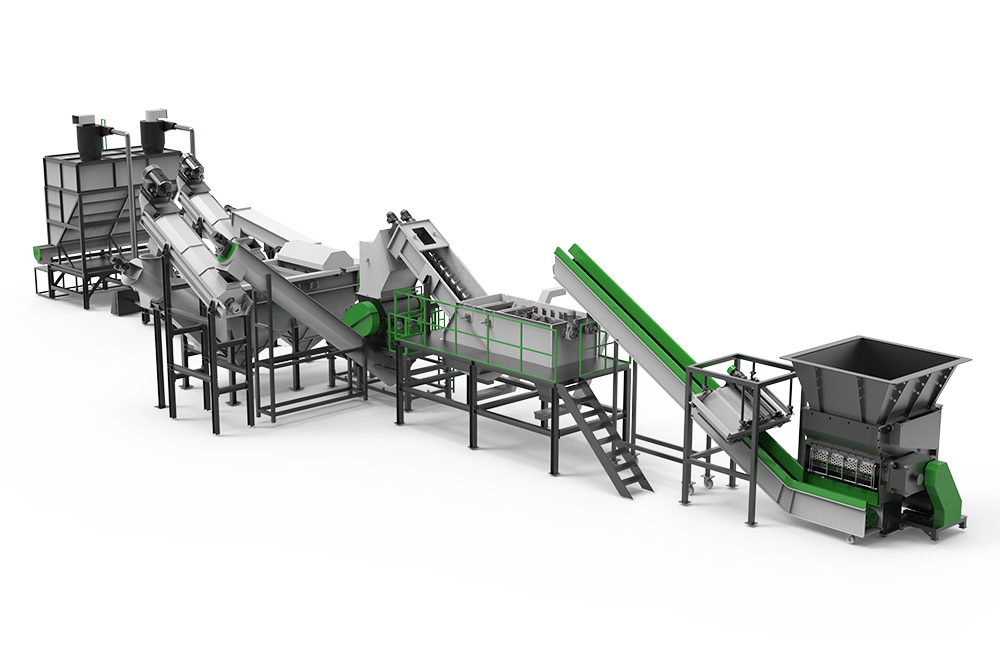
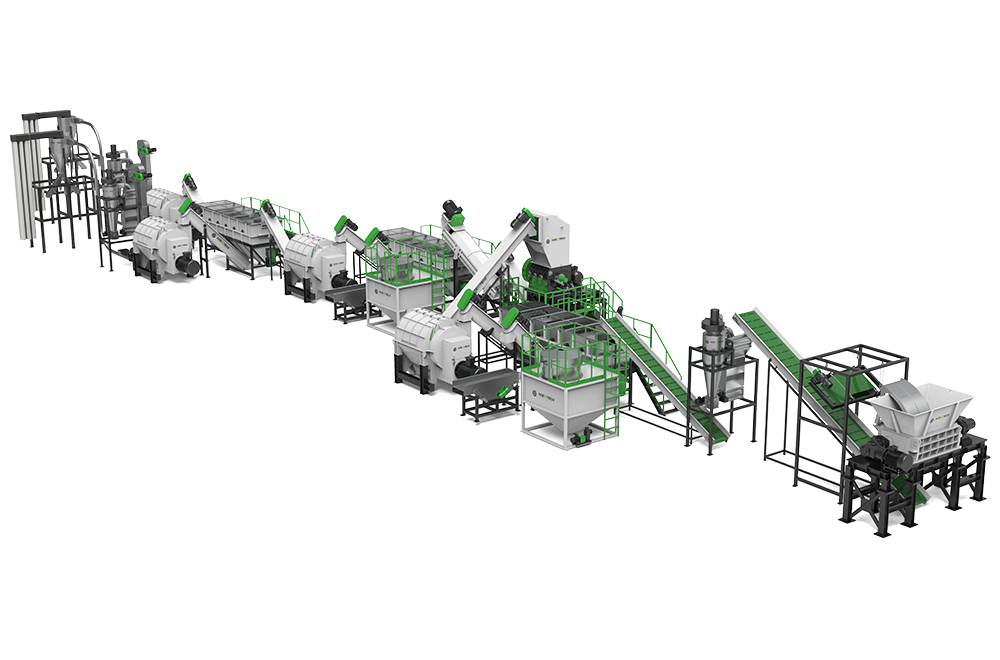
.jpg)
.jpg)
.jpg)
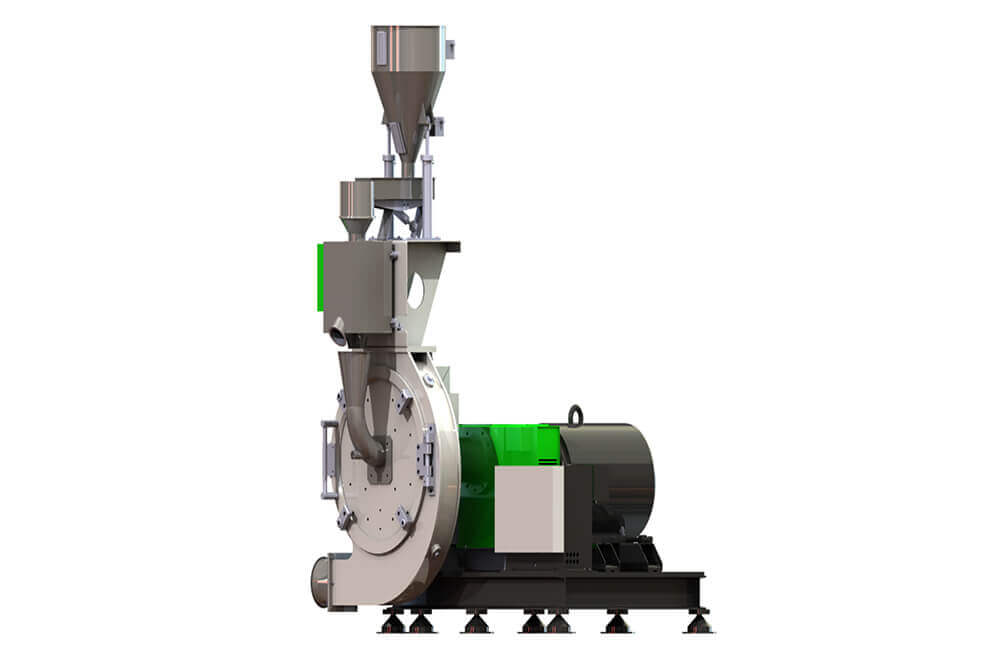
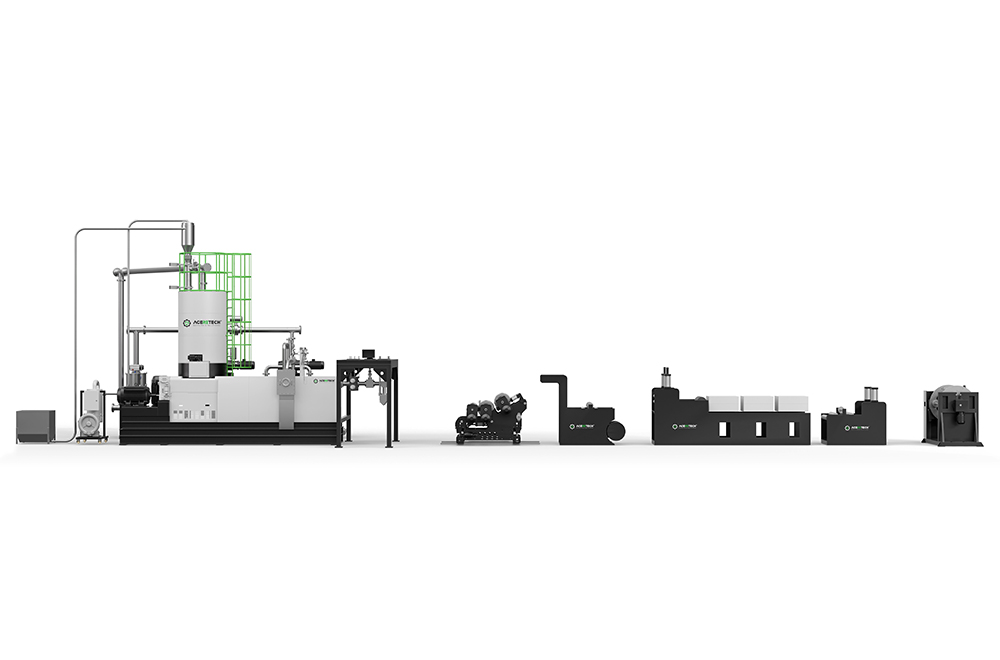
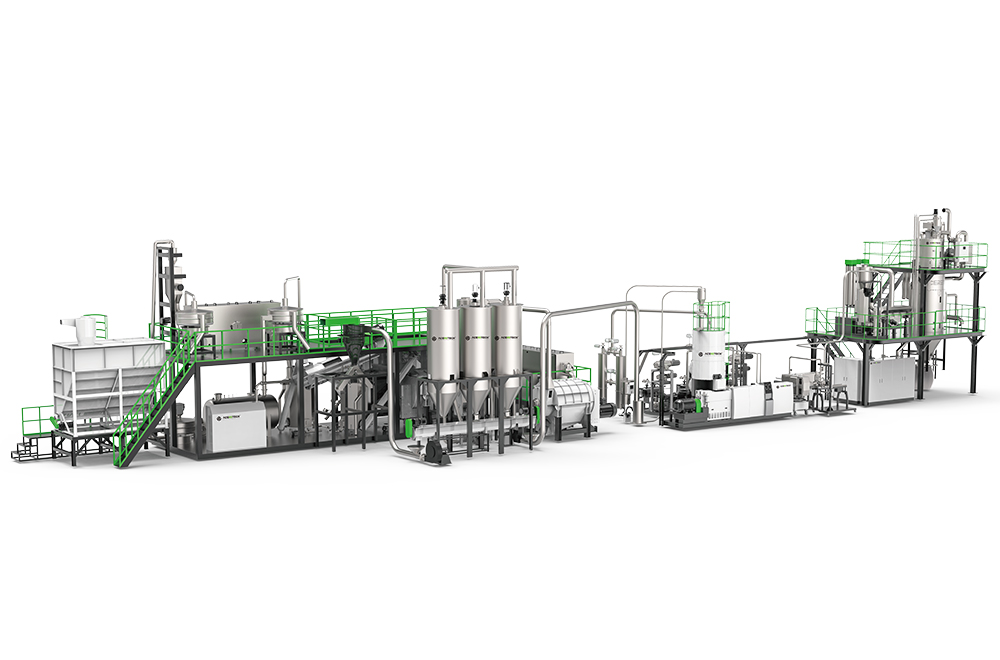
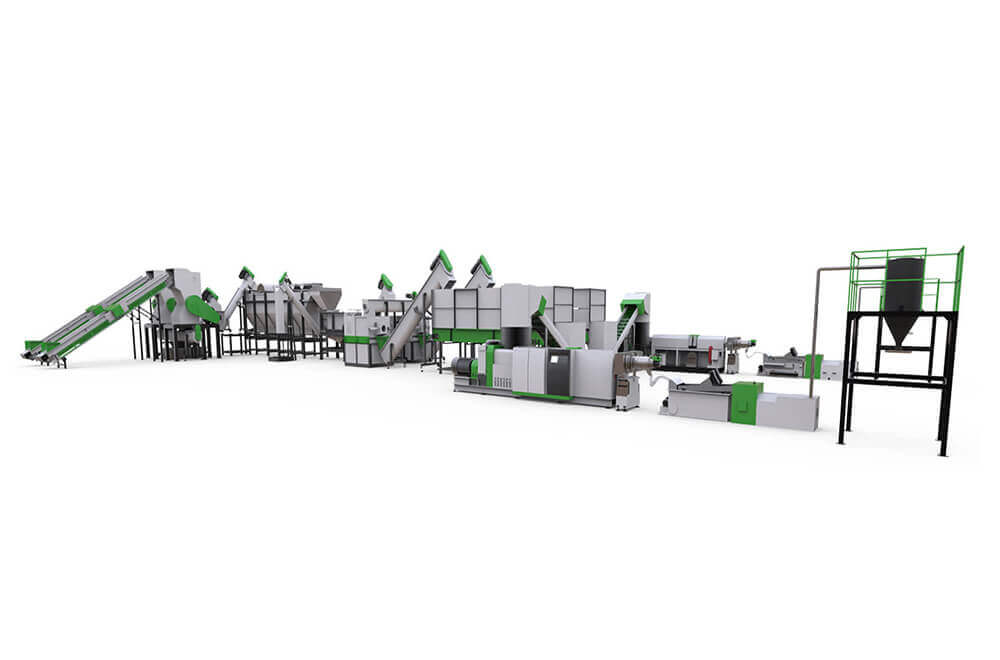
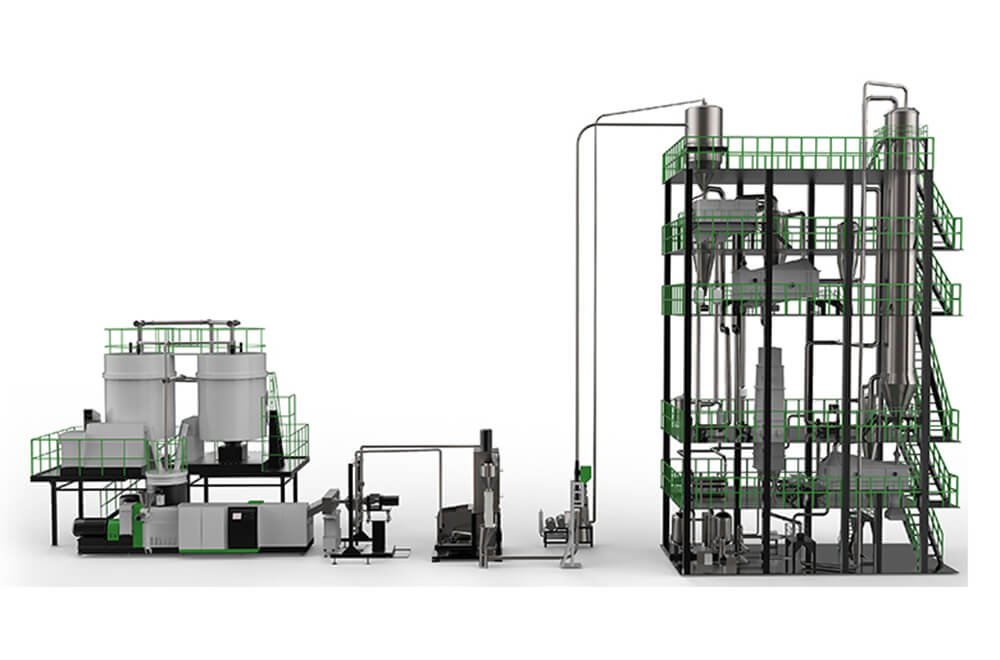
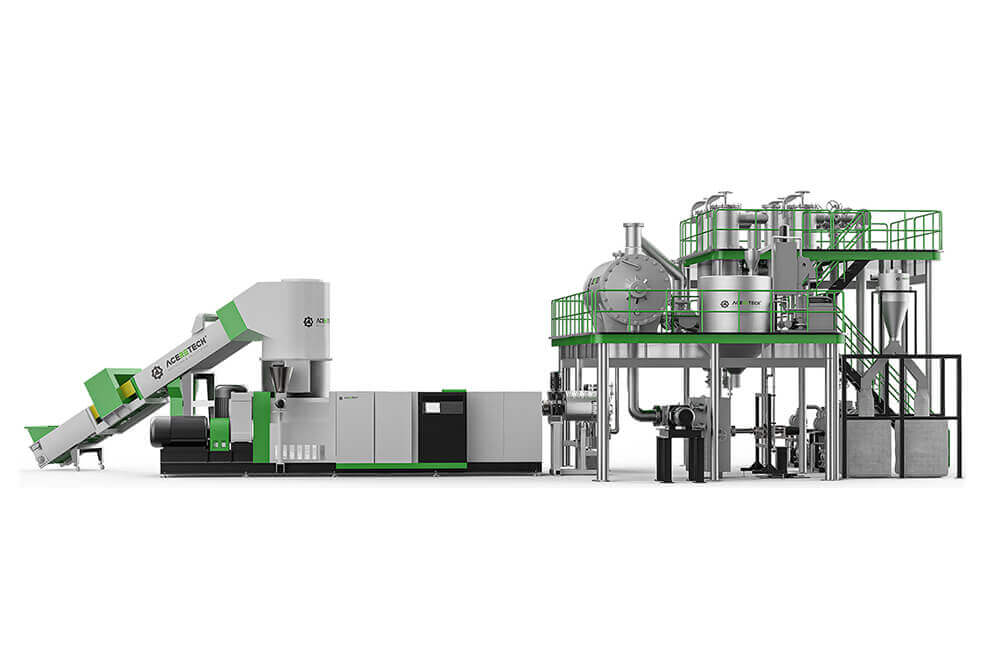
.jpg)

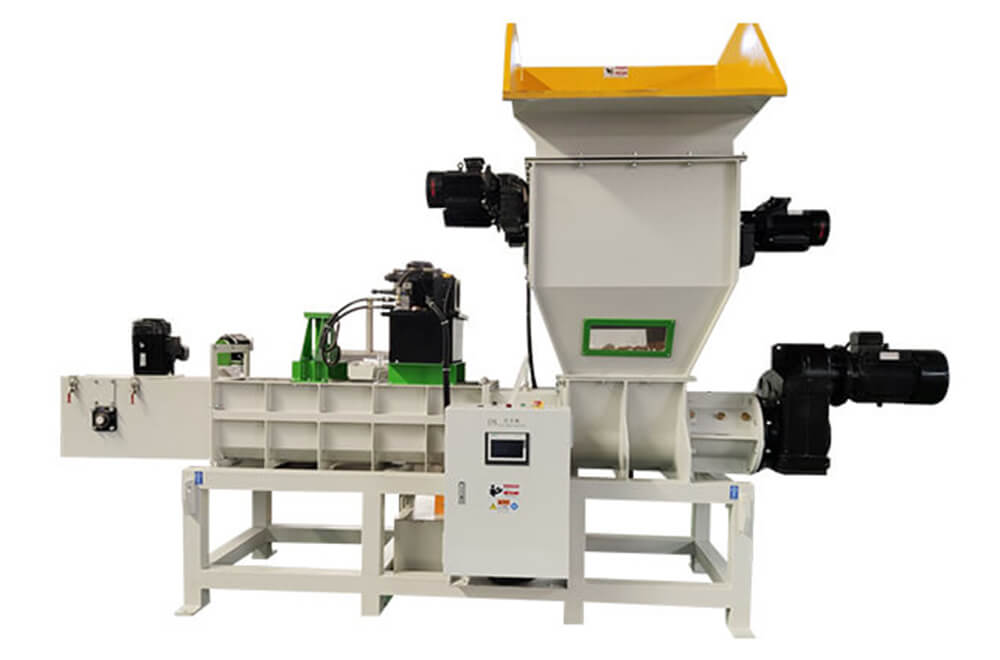
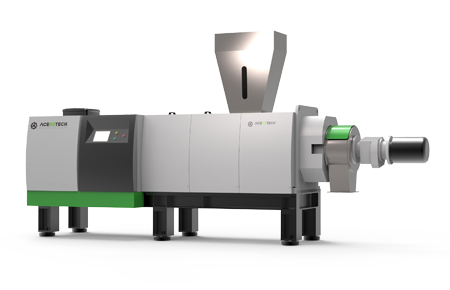
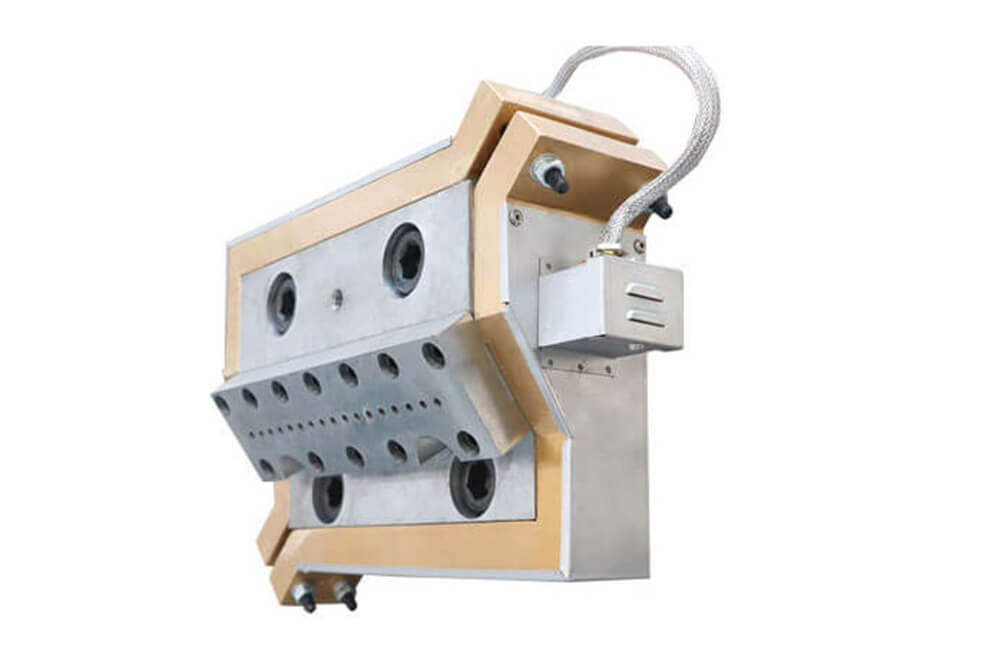
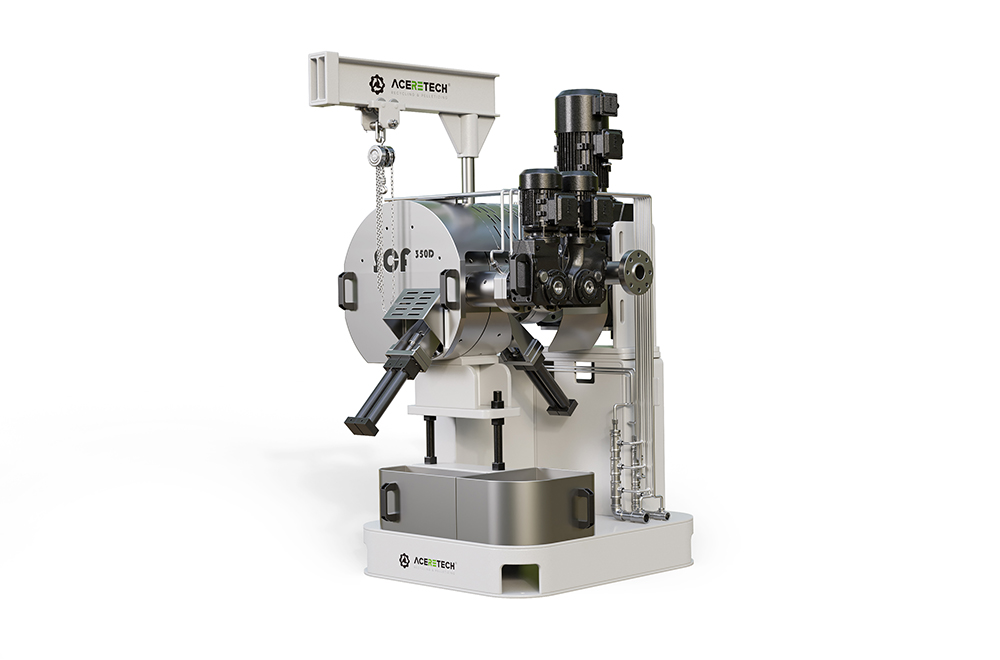
.jpg)
 Contact Us
Contact Us



